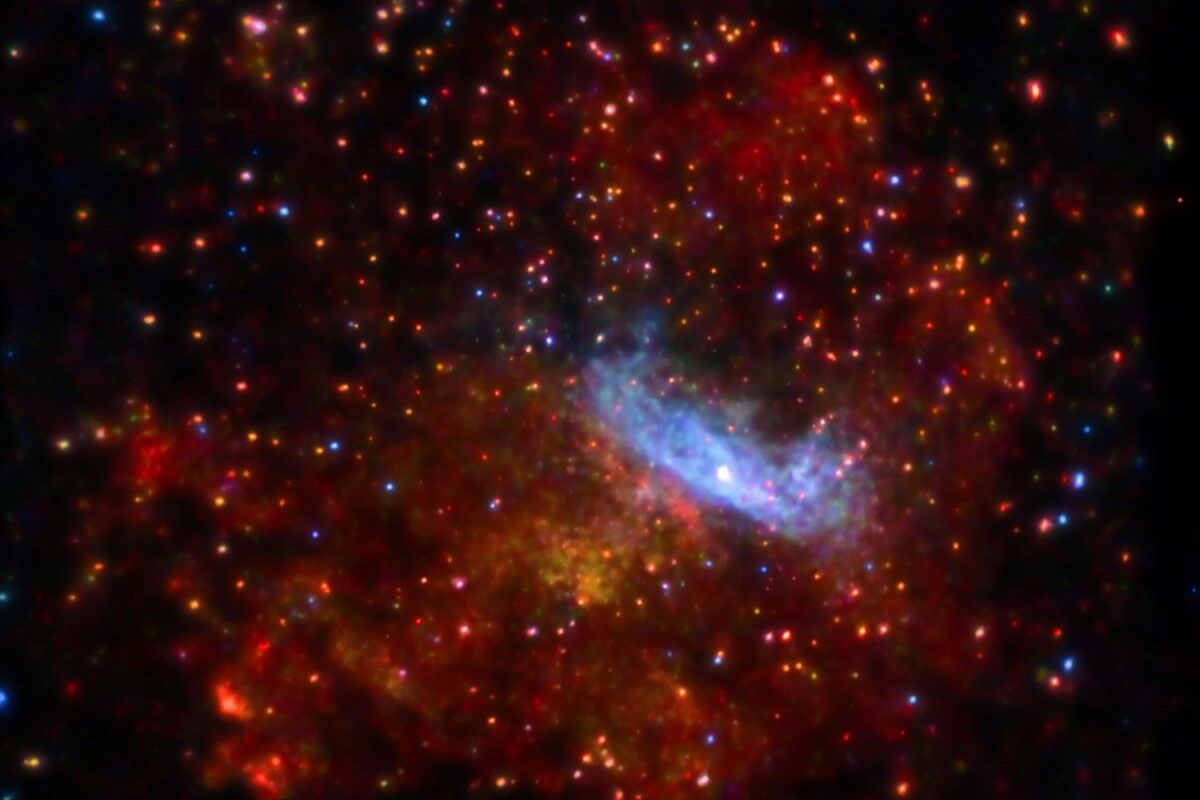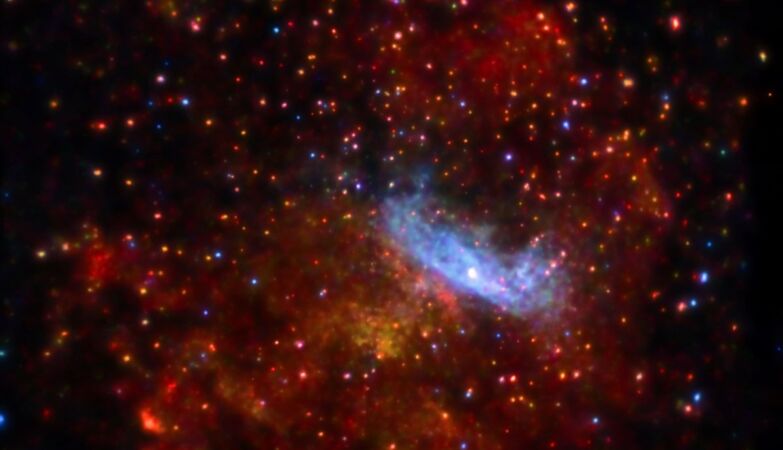NASA
Supernovae are celestial explosions of energy that have inspired long studies of their potentially dangerous repercussions on Earth and other planets.
The main focus of much of this investigation has been the atmospheric damage caused by the rapid arrival of ionizing photons within days or months of the original explosion, as well as High energy cosmic rays It arrives thousands of years after the explosion.
A new study by NASA’s Chandra Observatory and other X-ray telescopes reports that after it explodes, the star may pose more dangers to nearby planets than previously thought. This danger is caused by an intense phase of X-rays that can damage planets within 160 light-years of Earth’s atmosphere.
Researchers have discovered that supernovae always leave X-rays behind, but if the explosion hits a dense region of surrounding gas, it can produce a particularly high dose, which can appear months to years after the explosion and It lasts for decades.
Observations made by various satellites, including Chandra, of 31 supernovae, as well as analysis of their consequences, served as primary data sources for this latest study’s calculations, published in Astrophysical Journal.
Analysis of these observations shows that supernovae can have fatal effects on planets up to 160 light-years away when they interact with their surroundings.
If a torrent of X-rays engulfed a nearby planet, the radiation would severely alter the chemistry of the planet’s atmosphere. For an Earth-like planet, this process can Eliminate a large part of the ozonewhich protect life from the dangerous ultraviolet radiation of its host star,” said Ian Brunton, first author of the study. Technology Explorer.
“Earth is not in danger of something like this now because there are no potential supernovae in the X-ray danger zone. However, such events may have played a role in Earth’s past,” said Connor O’Maoney. , one of the study’s authors.
Strong evidence indicates that supernovae occurred near Earth between two and eight million years ago, including the discovery of a type of radioactive iron in various parts of the world. According to scientists, the distance between these supernovae and Earth is between 65 and 500 light years.
Earth is included in the “local bubble”A bubble of hot, low-density gas is still expanding, surrounded by a shell of cold gas that spans about 1,000 light-years. The Local Bubble appears to have developed from an explosion of star formation and supernovae around its center about 14 million years ago, based on the outward expansion of stars on its surface.
“While this evidence does not link the supernovae to any specific mass extinction event on Earth, it does indicate that cosmic explosions affected our planet throughout its history,” the researchers said.
While Earth and the solar system are currently in safe space in terms of potential supernova explosions, many other planets in the Milky Way are not. These high-energy events will shrink regions within the Milky Way, known as the galactic habitation region, as Conditions will be favorable for life.they added.
The lack of X-ray observations of supernovae, especially those that are highly interacting with their environment, has led scientists to conclude that long-term monitoring of interacting supernovae can be useful.

“Coffee trailblazer. Social media ninja. Unapologetic web guru. Friendly music fan. Alcohol fanatic.”


